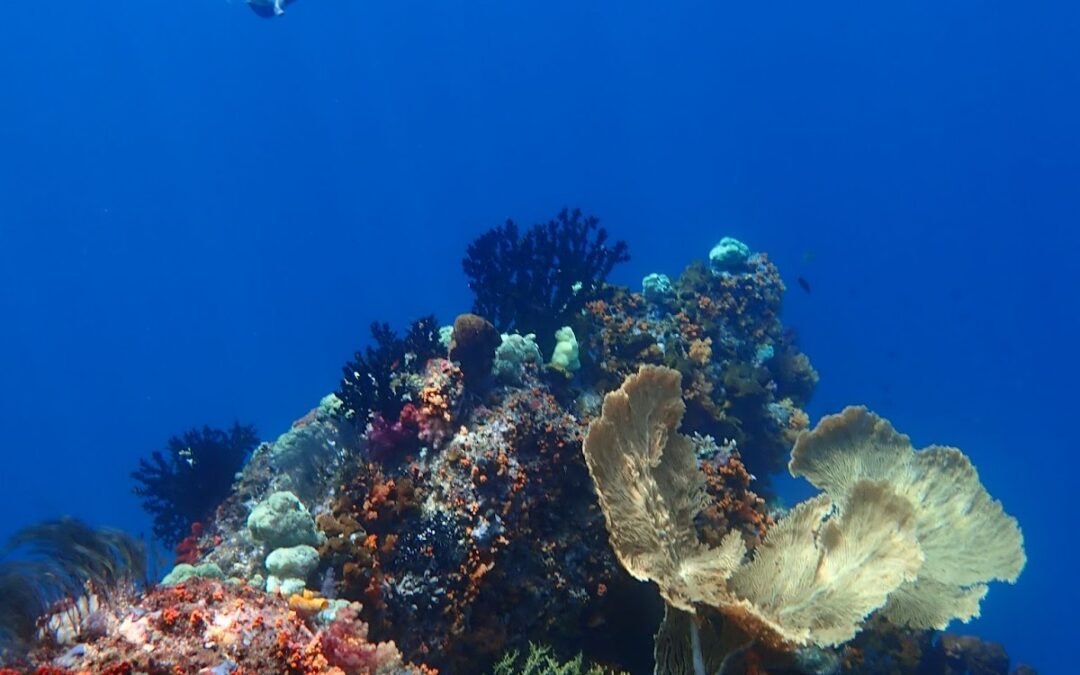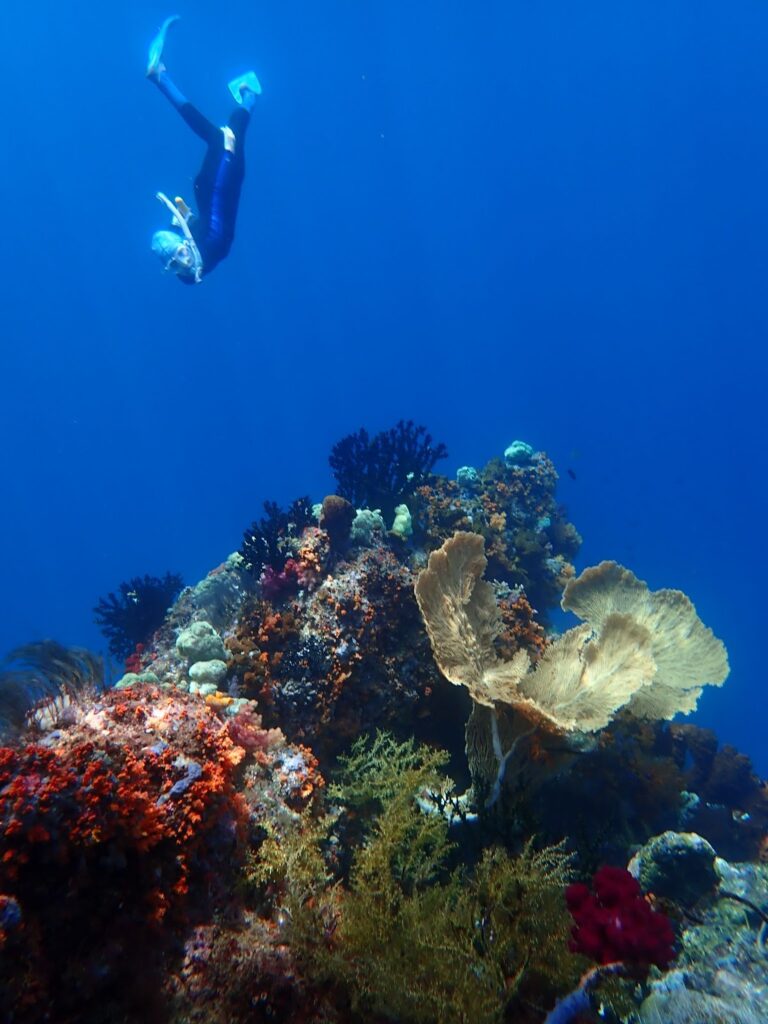Written By Freya Matza with Images Courtesy of Louis Matza
Hi there, I’m Freya—a high school junior, lifelong nature lover, and proud OneNature intern. Over the past several months, I’ve immersed myself in researching how corals contribute to our well-being and have supported OneNature’s social media initiatives. Growing up in a family of scuba divers, I’ve been fortunate to travel to coral reefs in Southeast Asia, the Bahamas, and the South Pacific, igniting a passion for saltwater ecosystems. The ocean is my home, and corals are the architects of its beauty and biodiversity.
Discovering the Philippines: A Summer of Adventure and Conservation
This past summer, my family’s love for the ocean brought us to the Philippines, a vibrant country situated in the heart of the Coral Triangle. Renowned for its marine biodiversity, the Philippines’ reefs host some of the most spectacular ocean life imaginable. However, like reefs worldwide, these ecosystems are at risk due to warming oceans and human impact.
During our time on Negros Island in Dauin, we volunteered with the Institute of Marine Research (IMR), a nonprofit dedicated to protecting 19 coral reefs in the area. Their innovative coral planting initiative is vital to reef restoration. Together, we collected coral fragments that had broken off naturally, attaching them to steel structures designed to help them grow and reproduce. This hands-on conservation effort left me inspired and hopeful for the future of coral reefs.
Darwin’s Paradox: Coral’s Resilience in a Harsh Ocean Environment
Coral reefs thrive in what can seem like an uninhabitable ocean, a phenomenon often referred to as Darwin’s Paradox. Their survival hinges on a remarkable symbiotic relationship with microscopic algae called zooxanthellae. These algae photosynthesize and provide corals with sugars, while corals create a habitat that supports a thriving ecosystem.
Reefs are a hub of biodiversity:
- Coral mucus feeds bacteria.
- Bacteria nourish small critters like crabs and worms.
- These critters, in turn, feed larger fish, forming a perfect food web.
While reefs cover less than 1% of the ocean floor, they support 25% of marine species.
Why Coral Reefs Matter to All of Us
Coral reefs are critical not only for marine life but also for human communities:
- Over 500 million people depend on reefs for food, income, and coastal protection.
- Coral compounds are used to develop treatments for diseases like cancer and arthritis.
- Activities like snorkeling and diving near reefs generate billions of dollars annually for local economies.
- Culturally, coral reefs hold deep significance for Indigenous communities worldwide, from Hawaiian traditions to Aboriginal connections with the Great Barrier Reef.
The Urgency of Conservation
If current warming trends persist, we could lose coral reefs altogether, with just 5% of historic coral cover remaining. This loss would devastate ecosystems, economies, and cultural heritage.
The good news? There are actionable steps we can all take to help:
- Switch to reef-safe sunscreen to protect corals from harmful chemicals.
- Reduce single-use plastics to prevent pollution.
- Limit your carbon footprint to slow ocean warming.
- Support conservation organizations like OneNature and IMR that are actively restoring coral reefs.
Small, mindful changes can collectively make a big impact on preserving coral reefs for future generations.
Learn More
Curious about coral reefs and their remarkable biology? Here are two great resources to dive into:
Together, we can ensure that these underwater wonders continue to thrive.
- Photo Courtesy Louis Matza
- Photo Courtesy Louis Matza




